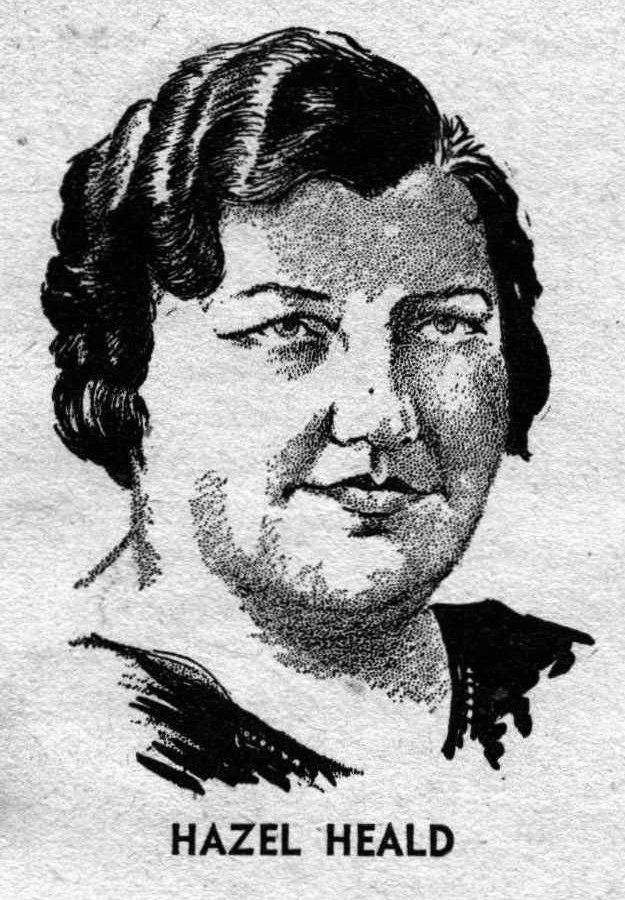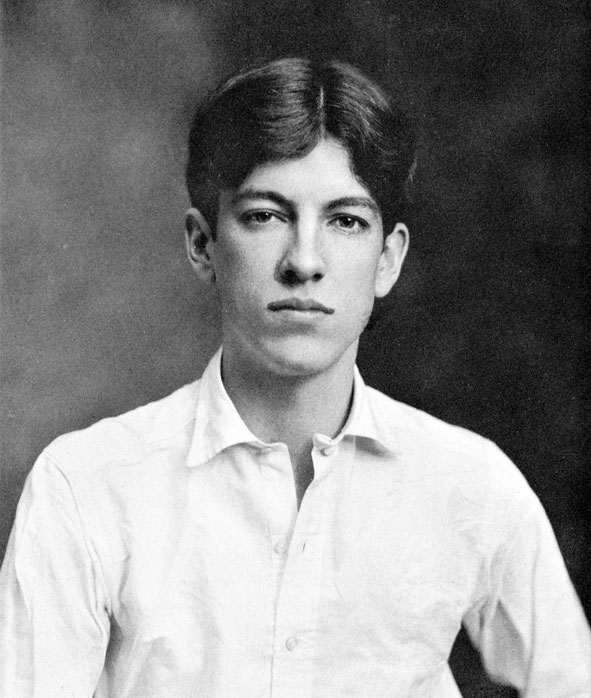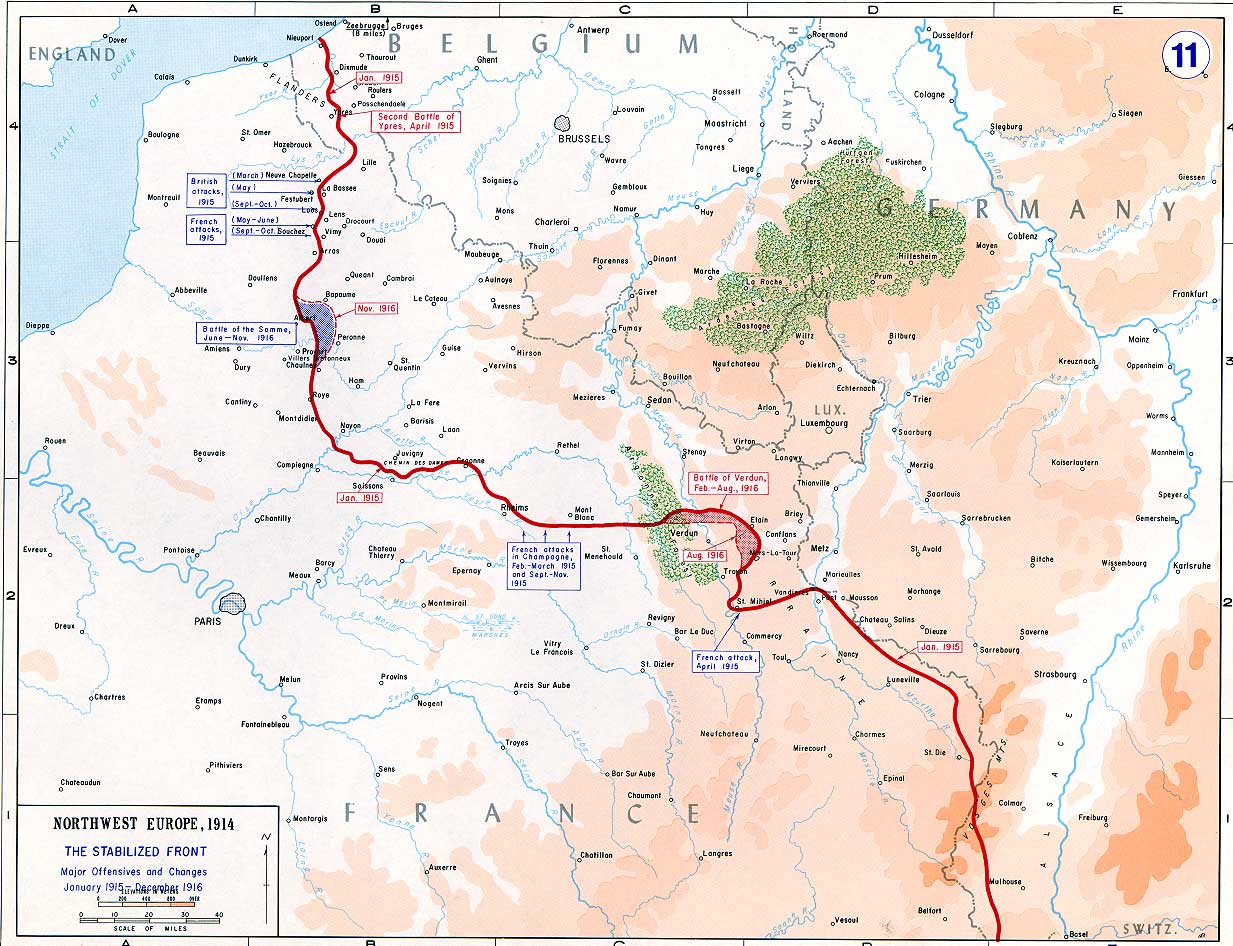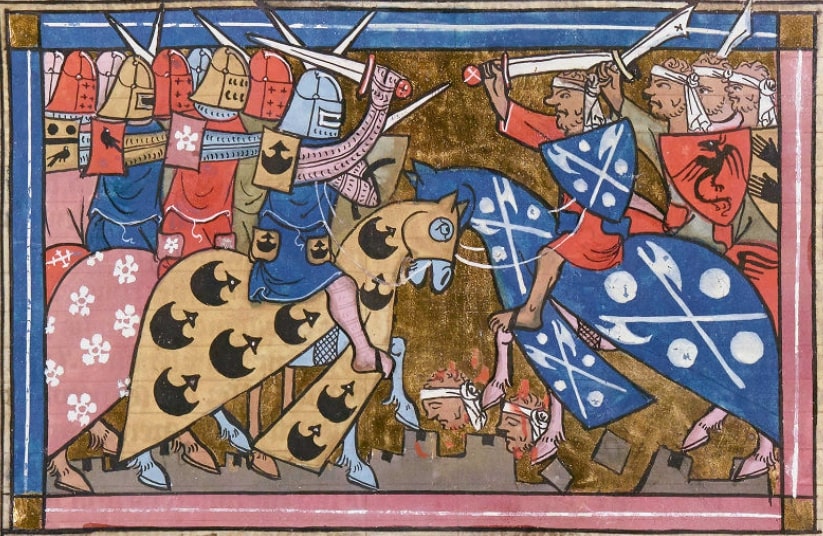|
Randolph Carter
Randolph Carter is a recurring fictional character in H. P. Lovecraft's fiction and is, presumably, an alter ego of Lovecraft himself. The character first appears in "The Statement of Randolph Carter", a short story Lovecraft wrote in 1919 based on one of his dreams. An American magazine called ''The Vagrant'' published the story in May 1920. Carter shares many of Lovecraft's personal traits: He is an uncelebrated author, whose writings are seldom noticed. A melancholy figure, Carter is a quiet contemplative dreamer with a sensitive disposition, prone to fainting during times of emotional stress. But he can also be courageous, with enough strength of mind and character to face and foil the horrific creatures of the Dreamlands, as described in the stories of the Dream Cycle. Stories In Lovecraft's writings, Carter appears or is mentioned in the following tales, listed in the fictional chronology. Character biography Randolph Carter is an antiquarian and one-time student ... [...More Info...] [...Related Items...] OR: [Wikipedia] [Google] [Baidu] |
Dream Cycle
The Dream Cycle is a series of short stories and novellas by author H. P. Lovecraft (1890–1937). Written between 1918 and 1932, they are about the "Dreamlands", a vast alternate dimension that can only be entered via dreams. Geography The Dreamlands are divided into four regions: * The West contains the ''Steps of Deeper Slumber'' (descended via the "Cavern of Flame") and the Enchanted Woods, by which many enter the Dreamlands. Other points of interest include the port of Dylath-Leen, one of the Dreamlands' largest cities; the town of Ulthar, "where no man may kill a cat"; the coastal jungle city of Hlanith; and the desert trading capital Illarnek. Here lies the fabled ''Land of Mnar'', whose gray stones are etched with signs and where rise the ruins of the great Sarnath. * The South, home of the isle of Oriab and the areas known as the Fantastic Realms (described in "The White Ship"). * The East, home of Celephaïs, a city dreamt into being by its monarch Kuranes, greatest ... [...More Info...] [...Related Items...] OR: [Wikipedia] [Google] [Baidu] |
Hazel Heald
Hazel Heald (April 6, 1896February 4, 1961) was a pulp fiction writer, who lived in Somerville, Massachusetts. She is perhaps best known for collaborating with American horror fiction writer H. P. Lovecraft. Biography Heald was born the daughter of William W. Heald and Oraetta J. Drake in 1896. She is buried at Lakeview Cemetery in Maine. Collaborations * The Man of Stone (1932) * The Horror in the Burying-Ground (1933) * The Horror in the Museum (1933) * Winged Death (1934). "My share in it is something like 90 to 95 %", wrote Lovecraft to August Derleth August William Derleth (February 24, 1909 – July 4, 1971) was an American writer and anthologist. Though best remembered as the first book publisher of the writings of H. P. Lovecraft, and for his own contributions to the Cthulhu Mythos and th ..., of this over -the -top comic-horror story. * Out of the Aeons (1935) References External links * * * {{DEFAULTSORT:Heald, Hazel 1896 births 1961 deaths Writ ... [...More Info...] [...Related Items...] OR: [Wikipedia] [Google] [Baidu] |
Brian Lumley
Brian Lumley (born 2 December 1937) is an English author of horror fiction. He came to prominence in the 1970s writing in the Cthulhu Mythos created by American writer H. P. Lovecraft but featuring the new character Titus Crow, and went on to greater fame in the 1980s with the best-selling ''Necroscope'' series, initially centered on character Harry Keogh, who can communicate with the spirits of the dead. Biography Born in County Durham, he joined the British Army's Royal Military Police and wrote stories in his spare time before retiring with the rank of Warrant Officer Class 1 in 1980 and becoming a professional writer. In the 1970s he added to H. P. Lovecraft's Cthulhu Mythos cycle of stories, including several tales and a novel featuring the character Titus Crow. Several of his early books were published by Arkham House. Other stories pastiched Lovecraft's Dream Cycle but featured Lumley's original characters David Hero and Eldin the Wanderer. Lumley once explained th ... [...More Info...] [...Related Items...] OR: [Wikipedia] [Google] [Baidu] |
Cthulhu Mythos
The Cthulhu Mythos is a mythopoeia and a shared fictional universe, originating in the works of American horror writer H. P. Lovecraft. The term was coined by August Derleth, a contemporary correspondent and protégé of Lovecraft, to identify the settings, tropes, and lore that were employed by Lovecraft and his literary successors. The name "Cthulhu" derives from the central creature in Lovecraft's seminal short story "The Call of Cthulhu", first published in the pulp magazine ''Weird Tales'' in 1928. Richard L. Tierney, a writer who also wrote Mythos tales, later applied the term "Derleth Mythos" to distinguish Lovecraft's works from Derleth's later stories, which modify key tenets of the Mythos. Authors of Lovecraftian horror in particular frequently use elements of the Cthulhu Mythos. History In his essay "H. P. Lovecraft and the Cthulhu Mythos", Robert M. Price described two stages in the development of the Cthulhu Mythos. Price called the first stage the "Cthulhu Mythos ... [...More Info...] [...Related Items...] OR: [Wikipedia] [Google] [Baidu] |
Steven Philip Jones
Stephen or Steven is a common English first name. It is particularly significant to Christians, as it belonged to Saint Stephen ( grc-gre, Στέφανος ), an early disciple and deacon who, according to the Book of Acts, was stoned to death; he is widely regarded as the first martyr (or " protomartyr") of the Christian Church. In English, Stephen is most commonly pronounced as ' (). The name, in both the forms Stephen and Steven, is often shortened to Steve or Stevie. The spelling as Stephen can also be pronounced which is from the Greek original version, Stephanos. In English, the female version of the name is Stephanie. Many surnames are derived from the first name, including Stephens, Stevens, Stephenson, and Stevenson, all of which mean "Stephen's (son)". In modern times the name has sometimes been given with intentionally non-standard spelling, such as Stevan or Stevon. A common variant of the name used in English is Stephan ; related names that have found some cur ... [...More Info...] [...Related Items...] OR: [Wikipedia] [Google] [Baidu] |
Yog-Sothoth
American author H. P. Lovecraft (1890–1937) created a number of fictional deities throughout the course of his literary career. These entities are usually depicted as immensely powerful and utterly indifferent to humans who can barely begin to comprehend them, though some entities are worshipped by humans. These deities include the "Great Old Ones" and extraterrestrials, such as the "Elder Things", with sporadic references to other miscellaneous deities (e.g. Nodens). The "Elder Gods" are a later creation of other prolific writers who expanded on Lovecraft's concepts, such as August Derleth, who was credited with formalizing the Cthulhu Mythos. Most of these deities were Lovecraft's original creations, but he also adapted words or concepts from earlier writers such as Ambrose Bierce, and later writers in turn used Lovecraft's concepts and expanded his fictional universe. Great Old Ones An ongoing theme in Lovecraft's work is the complete irrelevance of humanity in the face ... [...More Info...] [...Related Items...] OR: [Wikipedia] [Google] [Baidu] |
Incorruptibility
Incorruptibility is a Roman Catholic and Eastern Orthodox belief that divine intervention allows some human bodies (specifically saints and beati) to completely or partially avoid the normal process of decomposition after death as a sign of their holiness. Incorruptibility is thought to occur even in the presence of factors which normally hasten decomposition, as in the cases of saints Catherine of Genoa, Julie Billiart and Francis Xavier. Roman Catholicism In Roman Catholicism, if a body is judged as incorruptible after death, this is most often seen as a sign that the individual is a saint. Canon law allows inspection of the body so that relics can be taken and sent to Rome. The relics must be sealed with wax and the body must be replaced after inspection. These ritual inspections are performed very rarely and can only be performed by a bishop according to the requirements of canon law. A pontifical commission can authorize inspection of the relics and demand a written rep ... [...More Info...] [...Related Items...] OR: [Wikipedia] [Google] [Baidu] |
Alan Seeger
Alan Seeger (22 June 1888 – 4 July 1916) was an American war poet who fought and died in World War I during the Battle of the Somme, serving in the French Foreign Legion. Seeger was the brother of Charles Seeger, a noted American pacifist and musicologist and the uncle of folk musicians, Pete Seeger, Peggy Seeger, and Mike Seeger. He is best known for the poem " I Have a Rendezvous with Death", a favorite of President John F. Kennedy. A statue representing him is on the monument in the Place des États-Unis, Paris, honoring fallen Americans who volunteered for France during the war. Seeger is sometimes called the "American Rupert Brooke". Early life Seeger was born on June 22, 1888, in New York City. According to Alan's nephew, folk singer Pete Seeger, the Seeger family was "enormously Christian, in the Puritan, Calvinist New England tradition." In practice, though, Alan's immediate family lived within the precepts of the evolution of Calvinism into Unitarianism ... [...More Info...] [...Related Items...] OR: [Wikipedia] [Google] [Baidu] |
Battle Of The Somme
The Battle of the Somme (French: Bataille de la Somme), also known as the Somme offensive, was a battle of the First World War fought by the armies of the British Empire and French Third Republic against the German Empire. It took place between 1 July and 18 November 1916 on both sides of the upper reaches of the Somme, a river in France. The battle was intended to hasten a victory for the Allies. More than three million men fought in the battle of whom one million were wounded or killed, making it one of the deadliest battles in human history. The French and British had committed themselves to an offensive on the Somme during the Chantilly Conference in December 1915. The Allies agreed upon a strategy of combined offensives against the Central Powers in 1916 by the French, Russian, British and Italian armies, with the Somme offensive as the Franco-British contribution. Initial plans called for the French army to undertake the main part of the Somme offensive, supported ... [...More Info...] [...Related Items...] OR: [Wikipedia] [Google] [Baidu] |
Belloy-en-Santerre
Belloy-en-Santerre (, literally ''Belloy in Santerre'') is a commune in the Somme department in Hauts-de-France in northern France. Geography The commune is situated on the D79 road, about from the junction of the A1 autoroute and the N29, some east of Amiens. History Aaerial photographtaken in 1967 shows the outline of a large, rectangular, south-facing Gallo-Roman villa on the site of present-day Belloy. Population Personalities Alan Seeger, American poet, who had joined the French Foreign Legion, died here during the Battle of the Somme in 1916. See also *Communes of the Somme department The following is a list of the 772 communes of the Somme department of France. The communes cooperate in the following intercommunalities (as of 2020): [...More Info...] [...Related Items...] OR: [Wikipedia] [Google] [Baidu] |
French Foreign Legion
The French Foreign Legion (french: Légion étrangère) is a corps of the French Army which comprises several specialties: infantry, cavalry, engineers, airborne troops. It was created in 1831 to allow foreign nationals into the French Army. It formed part of the Armée d’Afrique, the French Army's units associated with France's colonial project in Africa, until the end of the Algerian war in 1962. Legionnaires are highly trained soldiers and the Legion is unique in that it is open to foreign recruits willing to serve in the French Armed Forces. The Legion is today known as a unit whose training focuses on traditional military skills and on its strong esprit de corps, as its men and women come from different countries with different cultures. Consequently, training is often described as not only physically challenging, but also very stressful psychologically. French citizenship may be applied for after three years' service. Any soldier who is wounded during a battle for Fr ... [...More Info...] [...Related Items...] OR: [Wikipedia] [Google] [Baidu] |
Crusades
The Crusades were a series of religious wars initiated, supported, and sometimes directed by the Latin Church in the medieval period. The best known of these Crusades are those to the Holy Land in the period between 1095 and 1291 that were intended to recover Jerusalem and its surrounding area from Islamic rule. Beginning with the First Crusade, which resulted in the recovery of Jerusalem in 1099, dozens of Crusades were fought, providing a focal point of European history for centuries. In 1095, Pope Urban II proclaimed the First Crusade at the Council of Clermont. He encouraged military support for Byzantine emperor AlexiosI against the Seljuk Turks and called for an armed pilgrimage to Jerusalem. Across all social strata in western Europe, there was an enthusiastic response. The first Crusaders had a variety of motivations, including religious salvation, satisfying feudal obligations, opportunities for renown, and economic or political advantage. Later crusades were ... [...More Info...] [...Related Items...] OR: [Wikipedia] [Google] [Baidu] |






